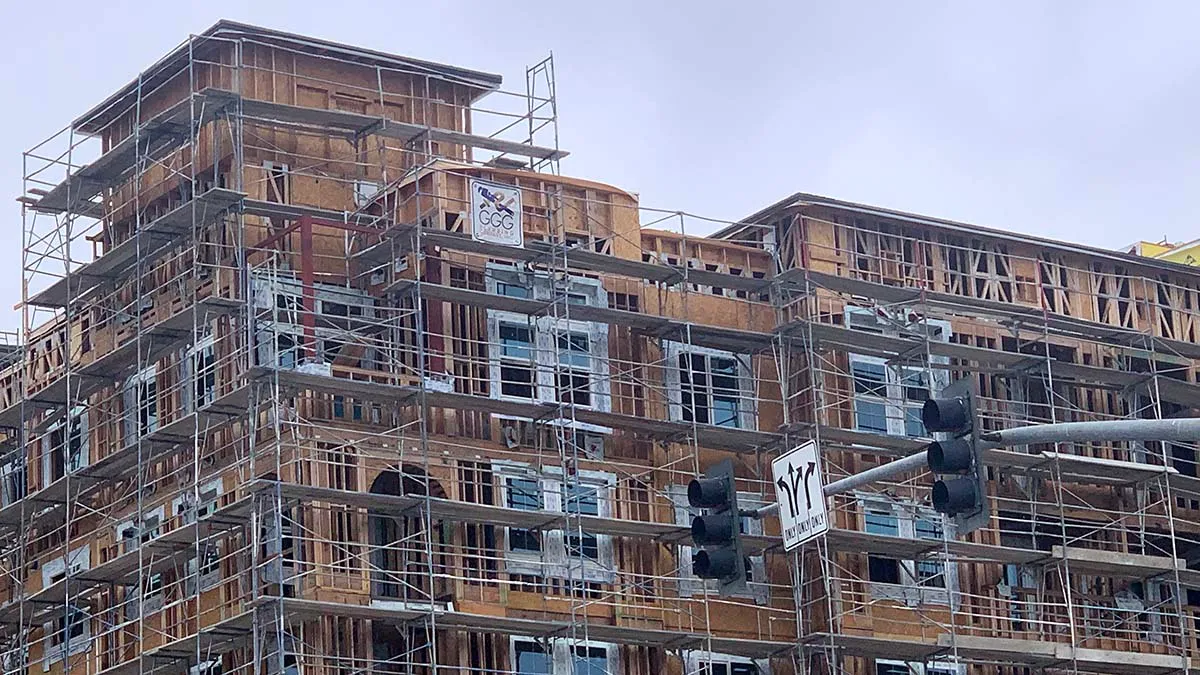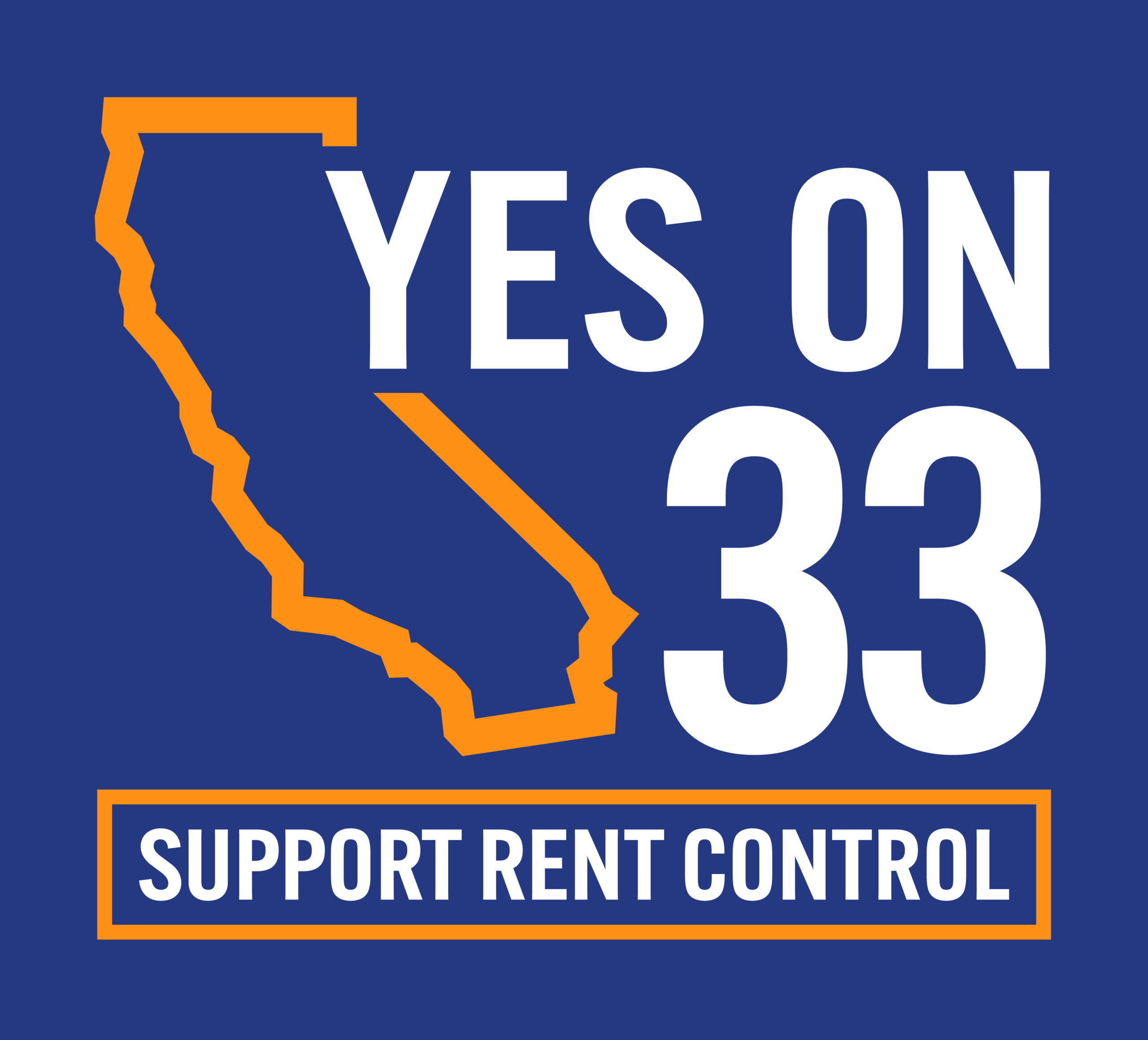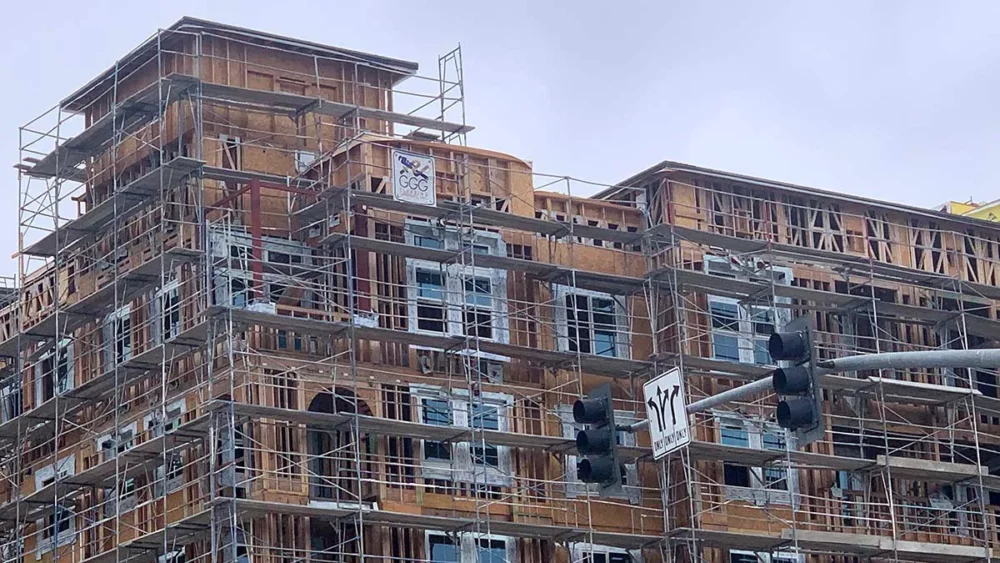
Housing construction in Otay Mesa. Photo by Chris Stone
As with so many issues, solving California’s housing affordability crisis has become polarized. The “build, build, build” folks are on one side, and the housing justice movement is on the other. The build crowd believes constructing any kind of housing will solve the problem, while justice advocates believe the focus has to be on affordable housing.
The fundamental question is whether the free market can keep a roof over everyone’s head or whether the government must regulate housing so that every person has a place to live.
In reality, no unitary housing market exists. Just as we have a luxury car market and a market for more inexpensive cars used for day-to-day transportation, we have more than one market for housing. One market serves people with little or no income, the disabled, people on fixed income, or people working minimum wage jobs, all of which the government heavily subsidizes.
Middle-income working people have a different housing market. And then, there is the luxury housing market. It doesn’t matter how many Ferraris you produce if people can only afford Fords.
Current development in the state is mainly for high-end housing. Build, build, build believers think the high-end units will trickle down as supply increases. Evidence shows the exact opposite: When you build luxury buildings in lower-income communities, all housing goes up in price. You know it as “gentrification.”
This is all to say that California does not have a housing problem but an affordable housing problem. In fact, at the upper end of pricing, we are building into a glut. As you drive by new high-end buildings, you’ll notice how few lights are on inside, and yet everywhere we look, people are living on the streets.
Despite the propaganda you’ve heard until now, most of the homeless in California come from communities where they previously lived, with unfortunate circumstances and sky-high rents forcing them out of their homes.
Housing advocates who demand affordability are often accused of NIMBYism. But opposing legislation such as SB9 and SB10, which permitted tearing down single-family homes without any requirement for affordability or any way to extinguish the flames of gentrification is not NIMBYism; it is justice.
As horrific as the homeless humanitarian crisis has become, it is only the tip of the iceberg. Millions of Californians are extremely rent-burdened, paying more than a third of their paychecks in rent. Corporate developers have turned the necessity of shelter into a commodity which only a shrinking percentage of people can afford.
Similar to what has happened with climate change, we cannot avoid the inconvenient truth that we are sinking deeper and deeper into a dystopian reality of extreme haves and have-nots. The guarantee of a place to live cannot be regarded as a luxury, or the California dream that we all love will turn into a nightmare.
The solutions are not complicated. Think of them as the “3Ps”: Prevent unaffordable rents through rent control; preserve communities by fighting gentrification; and produce new housing that low-income people actually can afford. That’s how you solve a housing affordability crisis.
Michael Weinstein is the president of the Los Angeles-based AIDS Healthcare Foundation, the largest global AIDS organization.

